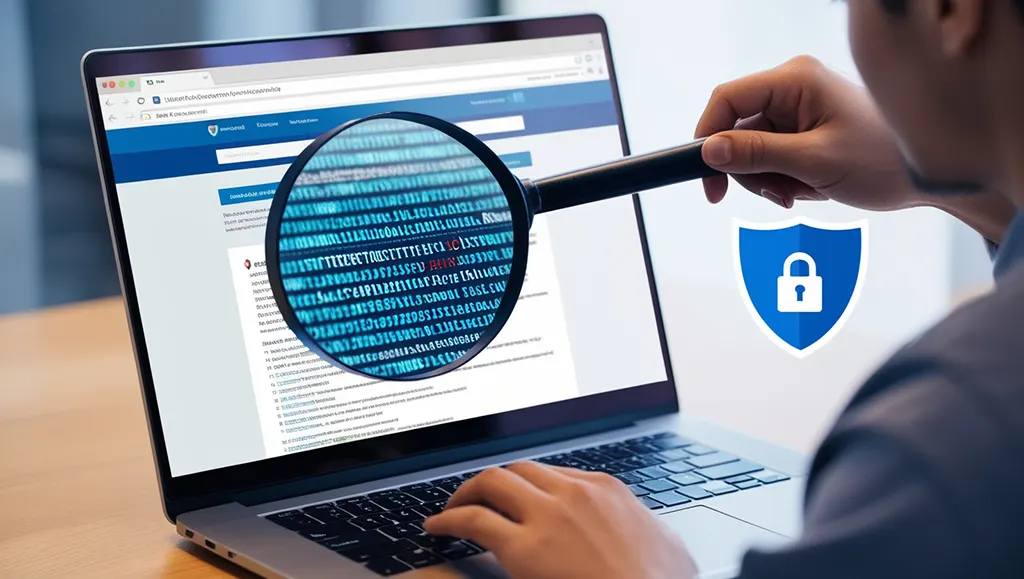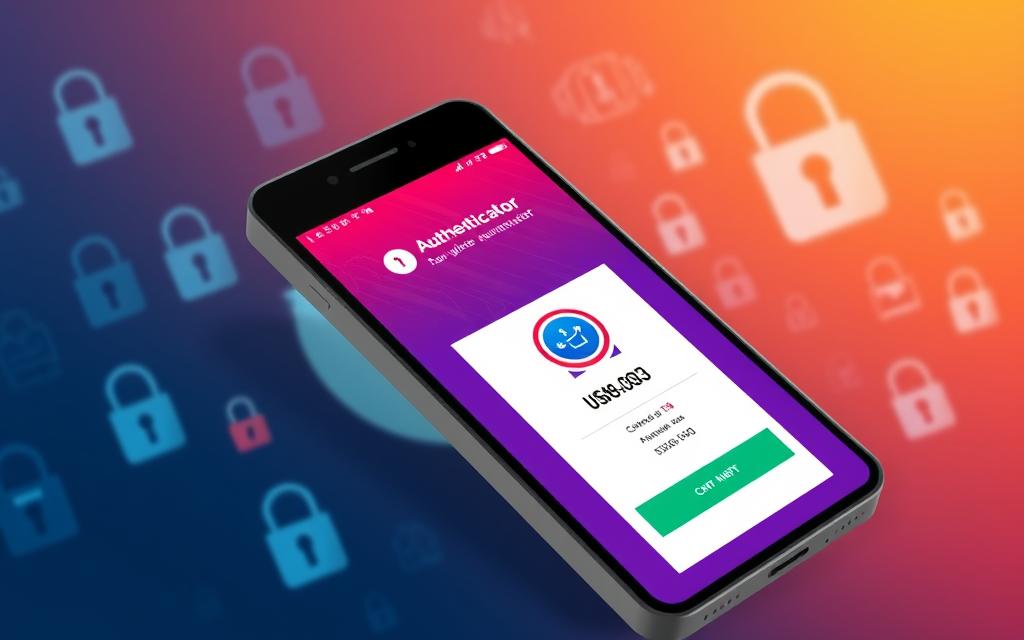How is Malware Installed By Visiting a Deivce – Discover how malware can be stealthily installed on your device through innocent-looking websites and learn essential prevention strategies to stay safe online.
In our increasingly connected world, the question “How is malware installed by visiting a device?” has become more relevant than ever. As we browse the internet, stream content, and interact with various online platforms, we may unknowingly expose our devices to malicious software.
This article will explore the intricate ways malware can infiltrate your system simply by visiting a website or clicking on a seemingly harmless link. We’ll delve into the techniques cybercriminals use, the types of malware you might encounter, and most importantly, how to protect yourself from these digital threats.
Table of Contents
ToggleUnderstanding Malware and Its Installation Methods
Malware, short for malicious software, is a broad term encompassing various types of harmful programs designed to infiltrate, damage, or gain unauthorized access to a device or network. But how is malware installed by visiting a device? The process is often more subtle and sophisticated than many users realize.
When you visit a website, your device interacts with the site’s server, downloading and executing various scripts and content. Cybercriminals exploit this interaction to sneak malware onto your device. They may compromise legitimate websites or create deceptive ones that appear harmless but are actually designed to distribute malware.
Drive-by Downloads: The Silent Threat
One of the most common ways malware is installed by visiting a device is through drive-by downloads. This method doesn’t require any action from the user beyond visiting an infected website. The malware exploits vulnerabilities in your browser, operating system, or installed plugins to automatically download and install itself on your device.
Drive-by downloads are particularly dangerous because they can occur without your knowledge or consent. You might visit a legitimate website that has been compromised, and the malware will silently install itself in the background. This is why keeping your software and operating system up-to-date is crucial in preventing such attacks.
Social Engineering Tactics
Another answer to “How is malware installed by visiting a device?” involves social engineering. Cybercriminals often use psychological manipulation to trick users into downloading malware. They might create convincing pop-ups or alerts that appear to be from legitimate sources, prompting you to download a file or update your software.
For example, you might see a pop-up claiming your device is infected and offering a free “antivirus” scan. If you click on it, you’re actually downloading the malware itself. These tactics prey on fear, curiosity, or a sense of urgency to bypass your natural caution.
How is Malware Installed By Visiting a Deivce
Malware can be installed on a device through various techniques, often exploiting software vulnerabilities or relying on user actions. Here’s a look at some common methods:
Malicious Websites
Simply visiting a compromised or malicious website can result in malware installation if the site uses attacks like drive-by downloads. These attacks exploit vulnerabilities in your browser or plugins (like Flash or Java).
Phishing Emails
Clicking on links or downloading attachments from phishing emails can lead to malware installation. These emails often appear legitimate to trick users into interacting with them.
Software Vulnerabilities
Outdated software, including operating systems, browsers, and applications, can have security vulnerabilities that attackers exploit to install malware without any user interaction.
Malicious Advertisements (Malvertising)
Some online ads are designed to automatically download malware when the ad is displayed, without needing user interaction.
Downloads and Drive-By Downloads
Accidentally downloading and opening files from untrusted websites can lead to malware infection. Drive-by downloads occur without your consent or knowledge.
Bundled Software
Downloading free software from untrusted sites sometimes comes bundled with malware. Always download from official or reputable sources.
Infected External Devices
Using infected USB drives or external devices can introduce malware to your computer.
Social Engineering
Attackers might trick users into installing malware by disguising it as legitimate software or updates.
To protect against these threats, it is essential to keep your software updated, use antivirus programs, avoid clicking on suspicious links or opening untrusted attachments, and practice safe browsing habits.
Types of Malware That Can Be Installed by Visiting a Device

Understanding the types of malware that can be installed by visiting a device is crucial for recognizing potential threats. Let’s explore some of the most common types:
1. Viruses: These are malicious programs that replicate themselves and spread to other files or devices.
2. Trojans: Disguised as legitimate software, trojans create backdoors for cybercriminals to access your device.
3. Spyware: This type of malware secretly monitors your activities and collects sensitive information.
4. Ransomware: It encrypts your files and demands a ransom for their release.
5. Adware: While not always malicious, adware can be intrusive and sometimes leads to more dangerous malware.
6. Cryptojackers: These hijack your device’s resources to mine cryptocurrency without your knowledge.
The Role of Exploit Kits in Malware Installation
Exploit kits play a significant role in answering the question, “How is malware installed by visiting a device?” These are sophisticated tools used by cybercriminals to identify and exploit vulnerabilities in a visitor’s device. When you visit an infected website, the exploit kit scans your device for weaknesses in your browser, plugins, or operating system.
Once a vulnerability is found, the exploit kit delivers the appropriate malware payload. This process happens quickly and silently, often without any visible signs to the user. Exploit kits are frequently updated to target newly discovered vulnerabilities, making them a persistent threat in the cybersecurity landscape.
The Anatomy of a Malware Attack Through Website Visits
To fully understand how malware is installed by visiting a device, it’s helpful to break down the process step by step:
1. Compromised Website: The attack begins with a compromised website. This could be a legitimate site that has been hacked or a malicious site designed to look trustworthy.
2. Initial Contact: When you visit the compromised site, your browser sends a request to the server for the website content.
3. Malicious Script Delivery: Along with the legitimate content, the server sends malicious scripts or redirects to an exploit kit.
4. Vulnerability Scanning: The malicious script or exploit kit scans your device for vulnerabilities in your browser, plugins, or operating system.
5. Exploit Execution: If a vulnerability is found, the exploit is executed to create an opening for malware installation.
6. Malware Download: The actual malware is downloaded to your device, often disguised as a legitimate file or hidden within other data.
7. Malware Installation: The malware installs itself on your device, often using elevated permissions obtained through the exploit.
8. Execution and Spread: Once installed, the malware begins its malicious activities, which may include spreading to other files or devices.
The Role of Obfuscation in Malware Installation
Obfuscation is a key technique used by cybercriminals to answer the question, “How is malware installed by visiting a device?” without detection. Obfuscation involves deliberately making the malicious code difficult to understand or detect. This can be done through various methods:
– Code Encryption: The malicious code is encrypted and only decrypted when it needs to run.
– Packing: The malware is compressed and wrapped in layers of code to hide its true nature.
– Polymorphism: The malware constantly changes its code signature to evade detection by antivirus software.
These techniques make it challenging for security software to identify the malware, allowing it to slip past defenses and install itself on your device.
Prevention Strategies: Protecting Your Device from Malware
Now that we understand how malware is installed by visiting a device, let’s focus on prevention strategies to keep your devices safe:
1. Keep Software Updated: Regularly update your operating system, browsers, and plugins to patch known vulnerabilities.
2. Use Reputable Antivirus Software: Install and maintain up-to-date antivirus software to detect and block malware.
3. Enable Firewalls: Use both software and hardware firewalls to monitor and control incoming and outgoing network traffic.
4. Practice Safe Browsing: Avoid clicking on suspicious links or downloading files from untrusted sources.
5. Use Ad-Blockers: Consider using ad-blocking extensions to reduce exposure to potentially malicious advertisements.
6. Implement Email Filters: Use email filters to catch phishing attempts and suspicious attachments.
7. Educate Yourself: Stay informed about the latest cybersecurity threats and best practices.
The Importance of Regular Security Audits
Regular security audits are crucial in preventing malware installation. These audits help identify potential vulnerabilities in your system before they can be exploited. Here’s what a comprehensive security audit should include:
– Software Inventory: Maintain a list of all installed software and check for any unauthorized or suspicious programs.
– Configuration Review: Ensure all software and systems are configured securely.
– Vulnerability Scanning: Use tools to scan for known vulnerabilities in your systems.
– Access Control Review: Regularly review and update user access permissions.
– Incident Response Plan: Develop and test a plan for responding to potential security breaches.
By conducting regular audits, you can significantly reduce the risk of malware being installed on your device through website visits or other means.
The Future of Malware: Emerging Threats and Technologies
As we continue to explore how malware is installed by visiting a device, it’s important to look ahead at emerging threats and technologies. The landscape of cybersecurity is constantly evolving, with new threats emerging as quickly as new defenses are developed.
Artificial Intelligence and Machine Learning in Malware
One of the most significant developments in the field of malware is the integration of artificial intelligence (AI) and machine learning (ML). Cybercriminals are beginning to use these technologies to create more sophisticated and adaptable malware. AI-powered malware can:
– Evolve to evade detection
– Learn from failed attempts to improve future attacks
– Analyze system behaviors to find the best time to strike
– Mimic legitimate software more convincingly
On the flip side, cybersecurity experts are also leveraging AI and ML to develop more robust defense systems. These advanced security measures can:
– Detect patterns indicative of malware more accurately
– Predict potential vulnerabilities before they’re exploited
– Respond to threats in real-time
– Continuously learn and adapt to new types of attacks
The Rise of IoT Malware
Another emerging concern in the realm of “How is malware installed by visiting a device?” is the growing threat to Internet of Things (IoT) devices. As our homes and workplaces become increasingly connected, with everything from refrigerators to security cameras linked to the internet, the attack surface for malware expands dramatically.
IoT devices often have weaker security measures compared to traditional computers and smartphones, making them attractive targets for cybercriminals. Malware targeting IoT devices can:
– Turn devices into parts of a botnet for large-scale attacks
– Gather sensitive data from smart home devices
– Interfere with critical systems in industrial settings
– Act as a gateway to more secure devices on the same network
As IoT technology continues to proliferate, it’s crucial to consider the security implications and take steps to protect these devices from malware installation.
Conclusion
Understanding how malware is installed by visiting a device is crucial in today’s digital landscape. From drive-by downloads to sophisticated social engineering tactics, cybercriminals have numerous methods at their disposal to infect your devices. However, by staying informed, implementing robust security measures, and practicing safe browsing habits, you can significantly reduce your risk of falling victim to these threats.
Remember, the key to protection lies in a multi-layered approach: keep your software updated, use reliable security tools, educate yourself about potential risks, and stay vigilant while browsing. As technology evolves, so too will the methods used by cybercriminals. Therefore, it’s essential to stay informed about emerging threats and adapt your security practices accordingly.
By understanding how malware is installed by visiting a device and taking proactive steps to protect yourself, you can enjoy a safer, more secure online experience. Stay informed, stay cautious, and stay safe in the digital world.
















